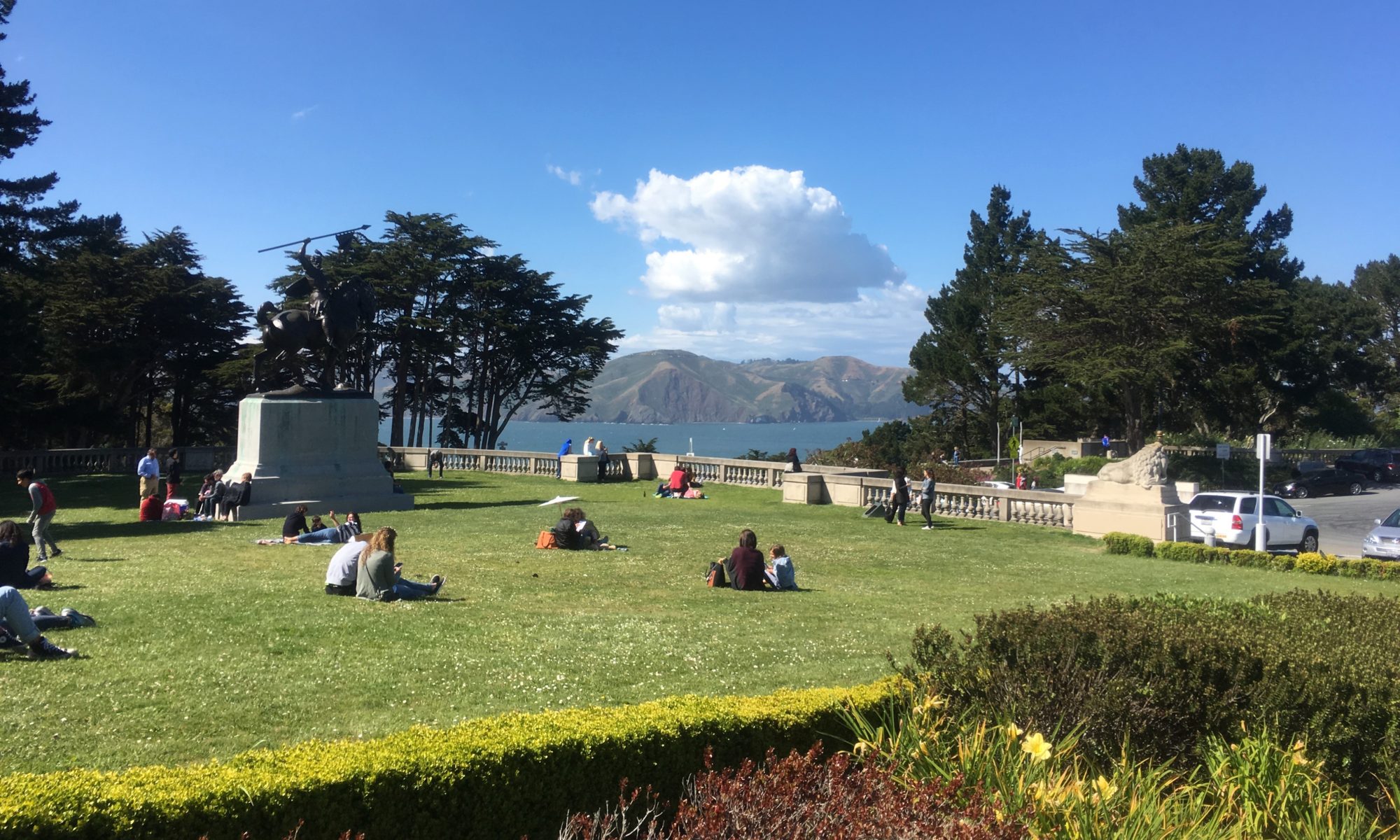By Peter Drekmeier, Tuolumne River Trust : westsideobserver – excerpt
Does This Mean We Should Panic in the Bay Area?
Listening to news about the current drought, one might wonder how long we have before we run out of water. Fortunately, for those of us who live in San Francisco and other communities served by Hetch Hetchy, we can rest a little easier than just about anyone else.
The SFPUC, which manages our water supply, has a lot of reservoir storage capacity. Hetch Hetchy makes up only a quarter of it, and at full storage, the SFPUC has enough water to last six years. Right now they’re sitting on enough water to last four-and-a-half years. That’s like driving with your gas tank three-quarters full – hardly time to panic.
The SFPUC also has a long history of inflating demand projections. Just a few months ago they got caught trying to cook the books in their Urban Water Management Plan. When forced to use actual demand projections, potential rationing decreased by 27%.”
Despite being in an enviable position, the SFPUC wants you to believe our water security is far from certain. They want you to support their lawsuits against the State Water Board. The Board is in the process of requiring more water to be left in the Tuolumne River – the source of Hetch Hetchy – to help restore the San Francisco Bay-Delta and rivers that feed it.
In an average year, the SFPUC is entitled to three times as much water as is needed, so if next year is close to average, all of their reservoirs will fill. The drought will be over, at least for San Francisco…(more)
